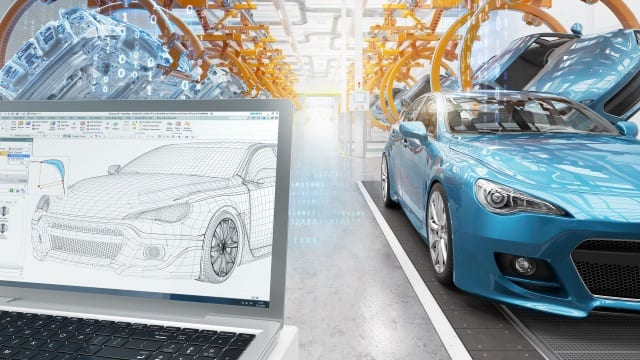A recent global survey commissioned by Altair found “breakneck adoption” in the use of digital twins, with 69% of companies reporting that their organization makes use of digital twins. Forty-three percent of those surveyed said that digital twins could make physical prototypes obsolete within the next four years. Nearly 70% said that they expected that physical prototypes would be obsolete within the next six year.
The report is based on a survey of around 2,000 professionals in data science, IoT and analytics, engineering, IT, R&D and related fields, from 10 countries around the world.
“There’s little doubt data gleaned from using digital twins gives organizations a world of new insight, helping teams work faster, create better products, generate less waste, and find their next big breakthrough,” said James R. Scapa, founder and CEO of Altair. “But as this study confirms, we are just seeing the tip of the iceberg. The evolution toward a smart, connected everything is changing the world, and as businesses realize the untapped benefits of taking digital twins to the next level, including the convergence of simulation technology, high-performance computing, and AI, the possibilities for revolutionizing industries, business processes, and scientific research are endless.”
Of those surveyed, 23% reported that their companies had begun investing in digital twin technology in the past six months. “The data suggests that 71% of respondents’ organizations began investing in digital twin technology in the past year,” the report said.
Half of the respondents reported that they considered themselves very knowledgeable about digital twins, but 22% said that they found the technology confusing or had no idea what it was; 29% said that they had an idea of what digital twins are, but not a solid grasp of the tech (respondents could choose more than one answer). Asked about what technologies they associate with digital twins, but most respondents answered with computer-aided engineering/design, as well as artificial intelligence and machine learning.
However, the survey also revealed a disconnect between management and users on what constitutes the use of digital twins: 81% of respondents in management said that their company was using digital twin tech, but only 58% of “user-level” respondents said the same.
How were companies using digital twins? Mostly to inform new product development (95%), create “smart objects” (51%) or to monitor real-world objects in real time (50%). The vast majority of respondents also said that digital twins were improving sustainability within the company by making their production or processes more efficient, more power-efficient, reducing waste and reducing cost. The larger the company, the more likely that respondents described digital twins as important to the company.
Of the survey participants who said that their companies didn’t currently use digital twins, 44% said that they expect their organization will adopt the tech within the next three years—an 11% said that adoption would happen in the next six months.

